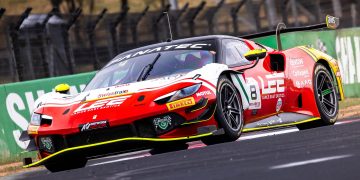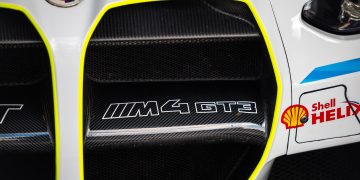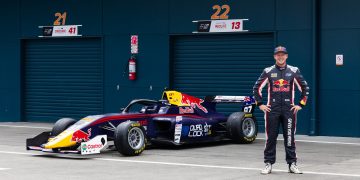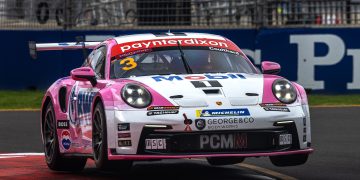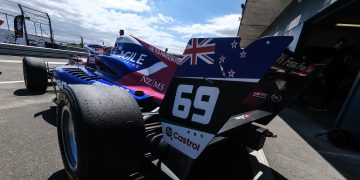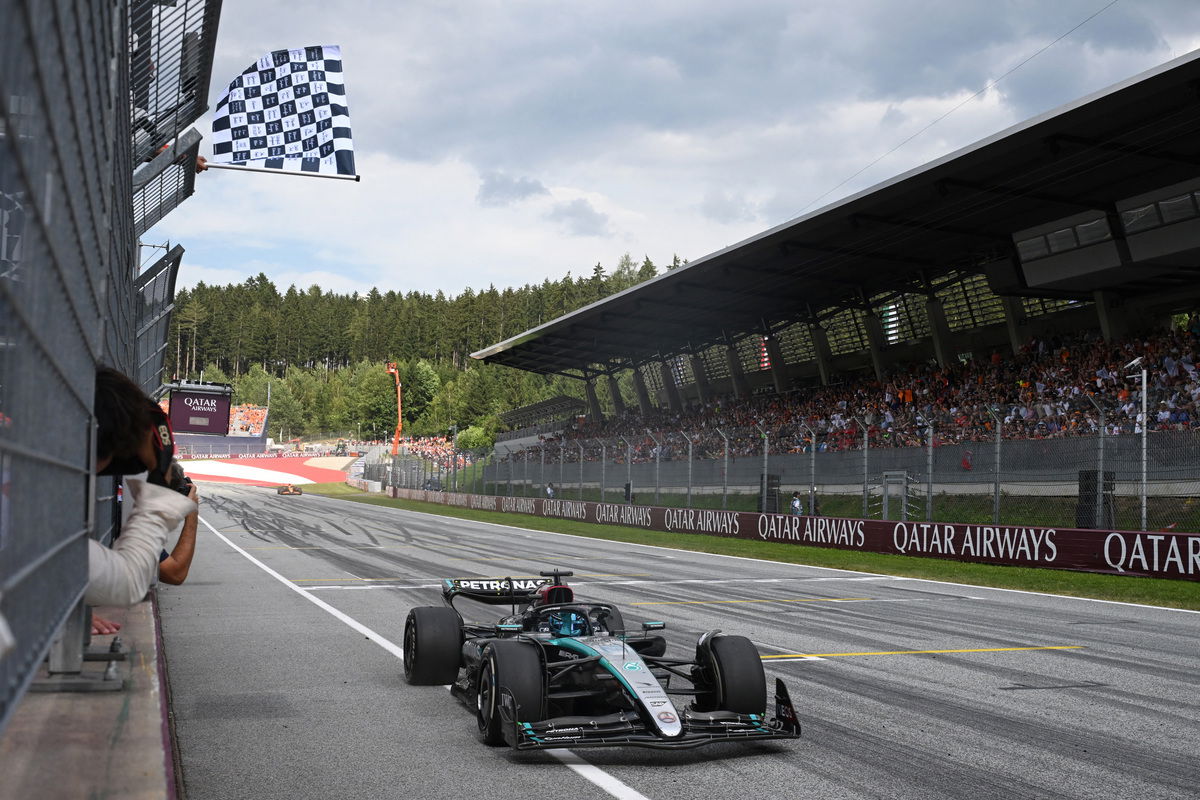
The move towards rotating events has taken a step forward with news the Belgian Grand Prix will run every other year from 2027.
Spa-Francorchamps is a favourite with drivers and fans, but as an event has struggled financially.
It has never been one of the sport’s big-earners, even the sport’s so-called godfather Bernie Ecclestone had a stint promoting the race himself, but it has retained a position on the calendar because it’s paid enough – there is an intrinsic value in its heritage and mystique.
But that can only carry an event, any event, so far.
With interest from new promoters, some in unexplored areas, the value of history coupled with a token financial consideration is no longer sufficient – Monaco is a prime example.
Once the sacred cow of the F1 calendar, it has had to make concessions to secure the world championship’s continued patronage.
Its once unique selling point has also been diminished with other events such as Singapore and Las Vegas vying for the mantle of the race with the most glitz and glamour.
This is all good news for F1, Liberty Media, and its shareholders as revenues and profits rise and the teams aren’t overly unhappy with the scenario either as they take a healthy cut of the sport’s gross income.
Liberty Media’s problem is that it cannot continue growing by simply adding more races.
Under the Concorde Agreements, the contracts that bind the commercial rights holder, the teams, and the regulator together, a maximum number of events is defined.
For the first time in F1 history, that 24-event limit was reached in 2024 and will be again in 2025 (and years to come).
According to the Concorde, the maximum number of events can only be increased if all teams agree, and even then by just one event.
Without the ability to add additional races, F1 has to find alternate ways to increase its revenue.
The current popularity of F1 is bringing with it record crowd sizes and television audiences, making it an attractive proposition in certain corners.
High interest and resulting demand afford F1 the opportunity to increase hosting fees as contracts are renewed. As there are limited slots available, this also creates a supply constraint, allowing it to charge a premium.
Hence, we come to a scenario where the Belgian promoter, who was thought to be paying around $22 million annually for the race, has opted to switch the event to alternate years from 2027.
The promoter has been known to be struggling for a while and is not in a position to dramatically increase its contribution – at least not annually.
With 2025 being the last year under the current contract, it’s difficult to see how the contradiction between F1’s thirst for increased hosting fees from a struggling promoter could be resolved.
However, amortising that cost over two years may afford it the option to contribute slightly more and hence F1 bring in more money than it otherwise would have.
The upshot is that, every two years, F1 also has a slot free on the calendar that it can sell elsewhere.
Better yet, if another low-paying promoter is open to rotating an event with Belgium, it could open the way for a high-paying new event – and there are a few of those currently kicking F1’s hypothetical tyres.
The most obvious candidate to switch to a rotational arrangement is the Emilia Romagna Grand Prix.
It’s believed to contribute just $21 million to F1’s coffers and has been at risk of dropping off the calendar for some time.
The old-school Imola circuit is popular with fans and drivers, even if the racing is typically processional, and it is entrenched in F1 history and folklore – though mostly for the wrong reasons.
It is also in the final year of its contract, as Belgium was, and is therefore handily positioned for such a deal – a new agreement could see it maintain a race in 2026 before the rotational system with Spa starts in 2027.
There’s some sense to that as, while Thailand and Rwanda are interested parties, neither has looked imminently close to signing a deal
Rwanda is a longer-term prospect to start with given it will be a permanent facility designed by former-F1 racer Alex Wurz.
Thailand could theoretically be up and running in 18 months if needed.
As a street circuit, it would be a case of securing the infrastructure, probably resurfacing the track surface, and getting construction planned and commenced – and there’s enough global expertise to help speed that process along comfortably.
In that case, Imola could drop off the calendar as soon as next year – why take on a $21 million event when you could easily double (or triple) that figure in Thailand?
Which raises the question: if the Emilia Romagna Grand Prix is dropped, what other events could be rotated?
The first time an event would need to share with Belgium is 2028, meaning in theory any of the events with a contract through to that point are viable targets.
However, we also know F1 wants to rotate European events, so the likes of the Mexico City and United States Grands Prix are easy to exclude from the conversation.
Mexico City’s current deal expires this year, and Circuit of The Americas is poised to host F1 for the last time under its current contract in 2026.
In terms of European events, the current Spanish Grand Prix will disappear following 2026 as the sport moves to a new race in Madrid, so that is not an option.
So too is the Netherlands, with organisers extending the Dutch GP contract for what it says will be the last time – the final race will also be 2026.
That leaves Austria, Azerbaijan and, if you’re willing to think a little outside the box, Saudi Arabia.
Austria is thought to contribute only around $25 million with its current contract taking it through to 2027.
Given that, and its rough time in the calendar, make it a viable candidate to partner with Belgium; Spa in 2028, Red Bull Ring 2029, Spa 2030, etc.
Azerbaijan’s contract shares timings with Austria but contributes well over double what the Red Bull Ring does which suggests there will be a degree of interest from F1 in retaining that event annually.
Logic too would seem against Baku being interested in rotating events given it is a street circuit – event costs are higher and more events are needed to amortise initial investments, and there is something to be said for muscle memory when it comes to the set-up and break-down of temporary venues and the impact that can have on costs for the promoter (not that it’s really an issue in Azerbaijan).
A wildcard in this is Jeddah in Saudi Arabia.
There are plans for an impressive, expansive new circuit, Qiddiya Speed Park, to replace the Corniche Street Circuit, but that has been plagued by rumours and there has been little solid evidence to suggest its anything but a pipedream as yet.
However, Speedcafe has heard suggestions there is a desire to reduce the number of events in the Middle East as the region becomes saturated with four events.
Bahrain and Abu Dhabi are well entrenched while Qatar is deepening its links through commercial agreements and its involvement in the Rwandan project, leaving Saudi Arabia the odd one out (though it also has an interest through oil company Aramco, which is developing the renewable fuel F1 will use from 2026).
The obvious argument against that move however is the sizeable hosting fee Saudi Arabia pays, thought to be second only to Azerbaijan (maybe third to China too according to some suggested figures).
If a new event is ready in time for 2026, a fact that will be apparent to the promoter and F1 pretty well now, the logical play is to replace Emilia Romagna with the new event and rotate Belgium with Austria.
But all this is only one perspective on the matter and looks only at existing events making way for all-new, permanent additions to the calendar.
There could be other events that join purely as part of the rotation such as historic events in Germany, France, or elsewhere, which no longer feature.
Whatever the case may ultimately prove to be, the whole situation is financially driven as F1 looks for a way to incrementally increase a revenue stream that it has otherwise maxed out.
F1 races with expiring contracts
| Event | Venue | Contract | Estimated Value ($m) |
| Emilia Romagna | Imola Circuit | 2025 | 21 |
| Mexico City | Autodromo Hermanos Rodriguez | 2025 | 30 |
| Las Vegas | Las Vegas Strip Circuit | 2025 | |
| Spain | Circuit de Barcelona-Catalunya | 2026 | 25 |
| USA | Circuit of The Americas | 2026 | 30 |
| Netherlands | Zandvoort | 2026 | 35 |
| Azerbaijan | Baku City Circuit | 2026 | 57 |
| Austria | Red Bull Ring | 2027 | 25 |
| Saudi Arabia | Jeddah Corniche Circuit | 2027 | 55 |

 Shop
Shop



